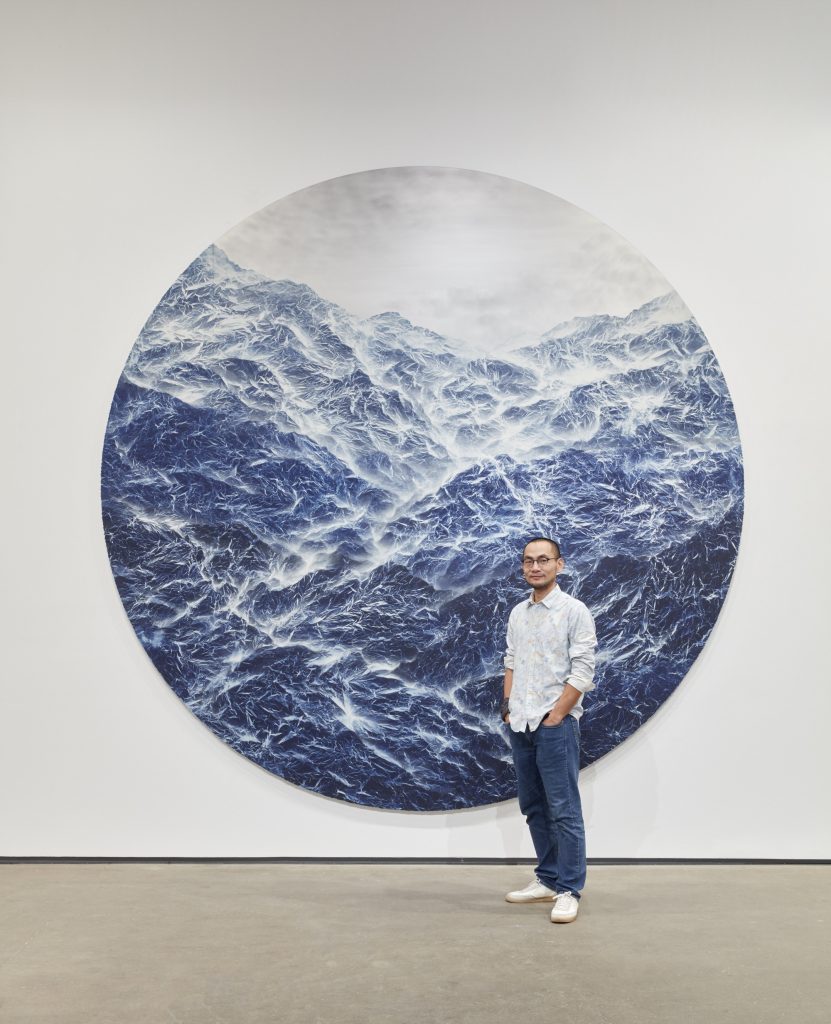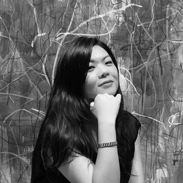When the artist Wu Chi-Tsung decided to take a leap of faith and seek representation outside his native Taiwan five years ago, he might have only hoped that it was the start of a global adventure. His travels have since taken him to Hong Kong, Berlin and now the U.S., where the 40-year-old has his first solo show this week at Sean Kelly Gallery in New York. Wu sees the exhibition as a major breakthrough not only for his own career but also, possibly, for other Asian artists of his generation.
“I really hope this journey, one that has been full of trial and error in finding a way out, can inspire more young artists to go out to find opportunities, to see this big world,” Wu told Artnet News, speaking on a video call from the New York gallery where he was putting the final touches on his exhibition “Wu Chi-Tsung: jing-atmospheres“, opening on November 4.
The embrace of the unknown not only forms the basis of Wu’s philosophy towards his life, but his artistic practice as well. From the production process to the final outcome, his work is often full of surprises, even to the artist himself.
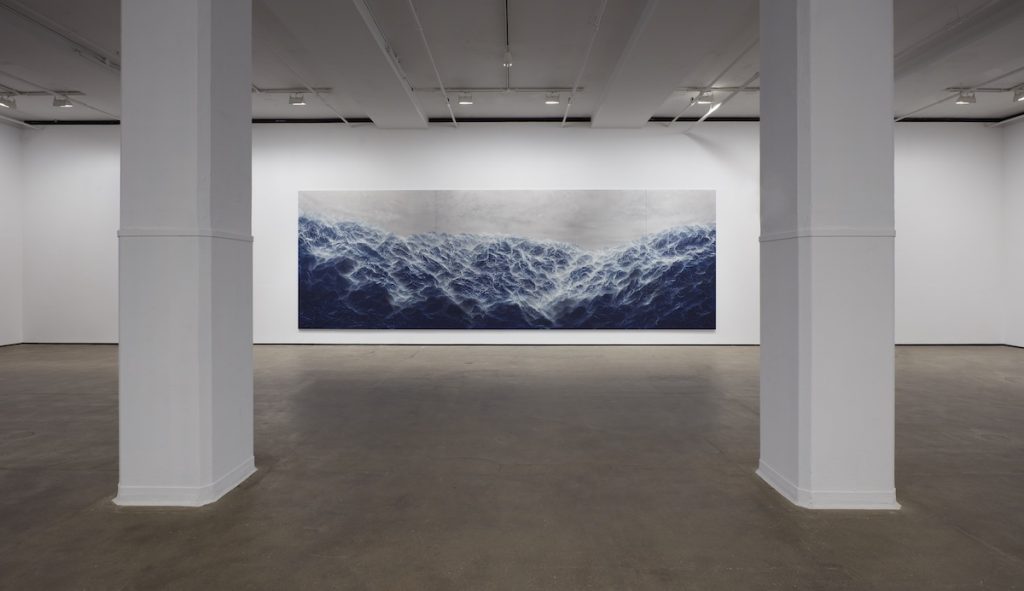
An installation shot of “Wu Chi-Tsung: jing-atmospheres”. Photo: Jason Wyche. Courtesy of the artist and Sean Kelly.
Take his well-known Cyano-Collage series, for example. They might look like traditional Chinese ink landscape paintings from afar, but on closer inspection, the works are an amazing illusion created using cyanotypes on Xuan paper, which is treated with a photosensitive coating and then exposed in the sunlight. The paper is crumpled, forming wrinkles and cracks. Each piece is an experiment, and when they are all put together, they form a collaged image that might resemble a mountain, or sometimes glaciers, or stormy seas.
“Most artists have a strong ego. We try to control our work,” Wu said. “But the more you try to control it, the more likely you lose the possibility. Sometimes, we should just let it go. Let the work grow in the way it should.”
Confronting challenges and changes
Wu has studios in Taipei and Berlin, and he also sometimes works in Vietnam. But his jet-setting practice was interrupted by the COVID-19 pandemic. Unable to travel abroad, Wu turned to explore his native Taiwan instead, readopting his teenage passion of rock climbing on some of the wildest cliffs that can be found on the island. The challenges to his physical and mental strength that come from dangling over the edge of a precipice also helped reset his views on professional and personal growth.
“I’ve known myself better. It has been a preparation for my life this year,” the artist said.
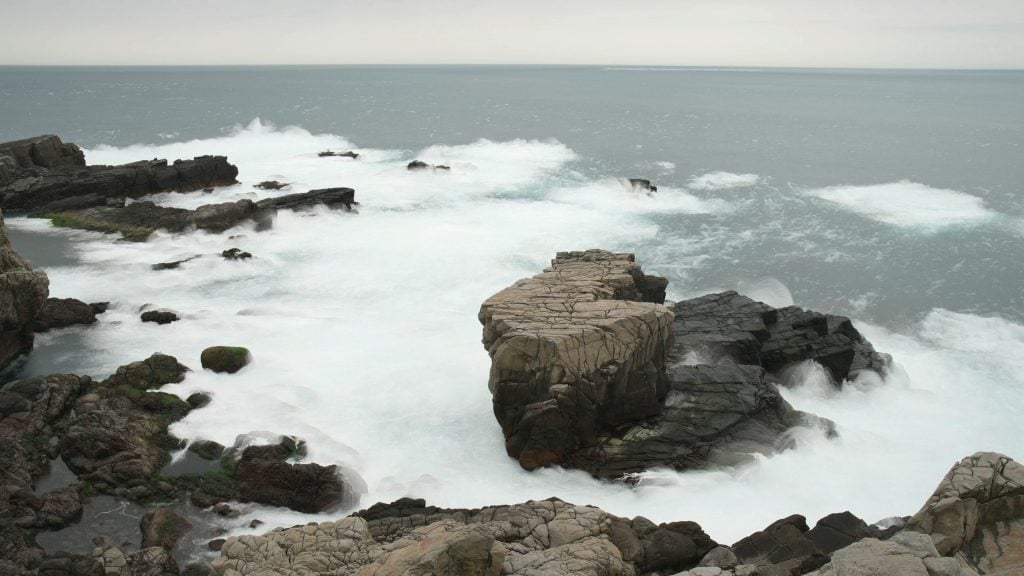
Wu Chi-Tsung, Drawing Study 001 – Seascapes Longdong. Courtesy of the artist.
And it has indeed been a busy year for Wu. Before this month’s show with Sean Kelly, the artist had already staged two solo exhibitions, one with Galerie du Monde in Hong Kong in March, and the other with Tao Art Space in Taipei in May. But while the two Asian shows highlighted the distinctive elements of Wu’s work that are already familiar to local audiences, the New York show takes a completely different approach. “It is a very clear survey of my practice,” Wu said.
The show at Sean Kelly Gallery also acts as a formal introduction of his work to a U.S. audience. A great deal of the artist’s time over the past few months has been spent on discussing the curatorial approach behind the presentation, Wu said, and the result is a streamlined narrative of his career.
At the start of the exhibition is a work from the Wire series, which Wu began developing in 2003. The moving image installation uses a set up similar to a magic lantern (an early type of projector), with a strong light shining through a piece of crumpled wire mesh, while a motor constantly shifts the focus of the projected image on the wall, creating an enigmatic impression of mountains.
The show also includes video works, such as Wu’s Still Life series, which feature hazy close-ups of flowers and plants, as well as Drawing Study 001 – Seascape Longdong, created this year and showing a breathtaking view of Taiwan’s coast.
The centerpieces of the show are the large-scale Cyano-Collage works—one measuring 9 meters by 3 meters and the other a massive circle with a diameter of 3.6 meter. Wu said he had to set up a new studio just to create the monumental works.
Concluding the exhibition is Dust, in which particles floating in the air are projected on the gallery wall. The circular motion of glittering dust “looks like a universe from an Eastern cultural perspective,” Wu said, adding: “I’m happy about the whole show.”
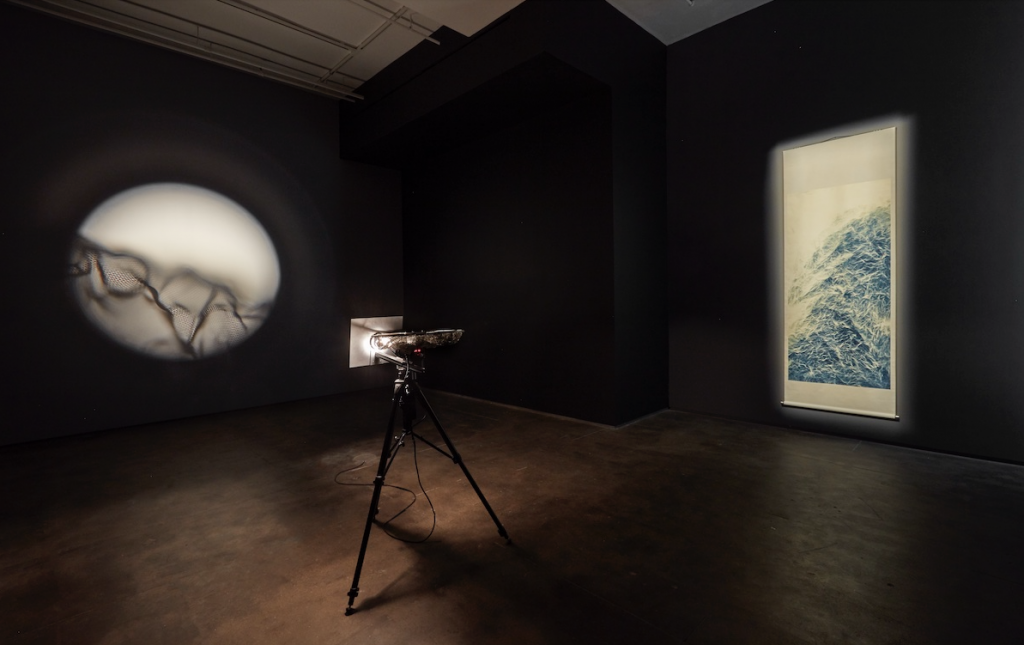
Installation shot of “Wu Chi-Tsung: jing-atmospheres”. Photo: Jason Wyche. Courtesy of Sean Kelly.
The Journey from Taiwan to an International Stage
Born in 1981, Wu studied oil painting at the Taipei National University of the Arts. He had a few solo shows in Taiwan during the early stages of his career, but the island of around 24 million people was not big enough to contain his ambition.
Wu took up artist residencies in New York, as a grantee of the Asian Cultural Council in 2013, and in Berlin, at the Künstlerhaus Bethanien in 2017. Galerie du Monde, one of Hong Kong’s oldest galleries, helped introduce the artist to a more international art crowd, not just through gallery shows but at Art Basel Hong Kong in 2018, with a solo booth that sold out on the fair’s opening day. And Wu’s reinterpretation of traditional Chinese landscape painting won him the coveted Liu Kuo Sung Ink Art Award in Hong Kong.
Today, Wu is among a small group of East Asian artists who are appearing on a world stage thanks to the attention of Western galleries. The accomplishment is even rarer for an artist of his age, and coming from Taiwan. While many leading Western galleries have set up shop in Asia, only a handful of them have brought relatively young Asian artists back to the dealers’ home turf in Europe or the U.S.
Simon Lee Gallery, for example, has shown the Hong Kong-based artist Chris Huen (born 1991) in London in 2020. Cao Fei (born 1978), from mainland China, is now having a solo show with Sprüth Magers in Los Angeles. White Cube has presented the Berlin- and Beijing-based He Xiangyu (born 1986) in London. And Eli Klein Gallery in New York staged a group show of paintings from Taiwan by artists from different generations, including Chou Tai-Chun, Chih-Hung Liu, Hai-Hsin Huang and Hu Chau-Tsung—all born in the 1980s—alongside the work of Modern masters such as Hsiao Chin and Ho Kan.
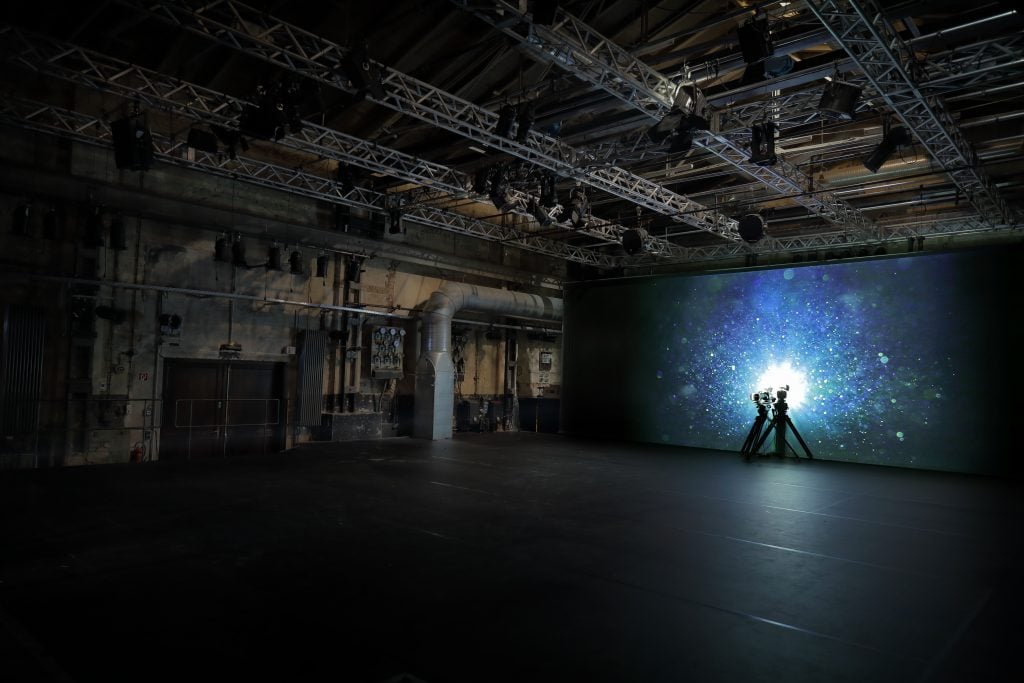
Wu Chi-Tsung, Dust (2021). Photo: Sylvia Lee. Courtesy of the artist.
Sean Kelly, who opened a project space in Taipei in the beginning of 2019, saw adding Wu to his star-studded roster of artists as “a big responsibility and a big opportunity,” he told Artnet News. “I was just immediately really impressed with him. I was very drawn to the fact that he had a rigorous formal training in Chinese ink landscape painting. But at the same time, clearly, his intelligence and natural inquisitiveness has led him from the traditional form of depiction to a very postmodern position of questioning his formal training, [and] the formal presentation of the work.”
Kelly has included Wu’s work in previous group shows and brought it to art fairs, most recently Frieze London, where three of Wu’s works sold on the opening day. “Frankly, he was the star of the show,” the dealer said. “If we’d had 10 of his works, we would’ve sold them all.”
Kelly also believes that the artist has what it takes to weather the art world’s shifting tastes. “Wu Chi-tsung has a very distinctive language, one that is rooted in traditions but also feels very international and contemporary,” the dealer noted.
And Wu is certainly ready to embark on the next chapter of his career. His work is already included in some institutions in the U.S., such as the Santa Barbara Museum of Art and the Asian Art Museum of San Francisco. He is now spending around two months in America, traveling between the East and West coast shows.
“I don’t feel that I’m bringing my work around to show people, but rather, my art takes me around and shows me the world,” Wu said, adding: “It’s a privilege to be an artist. Our lives are unexpected, full of possibilities. We never know what will happen.”
